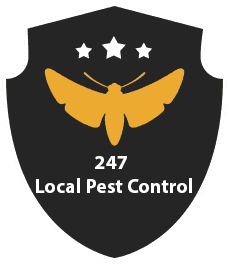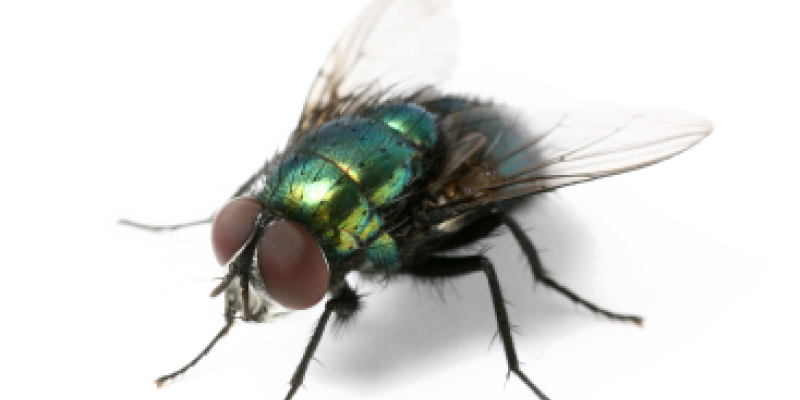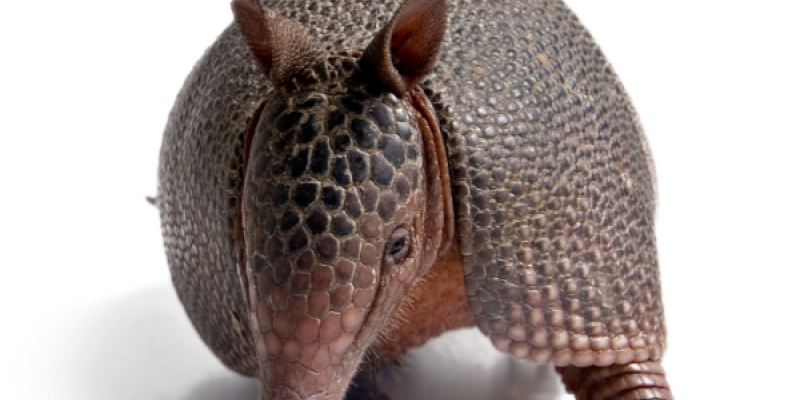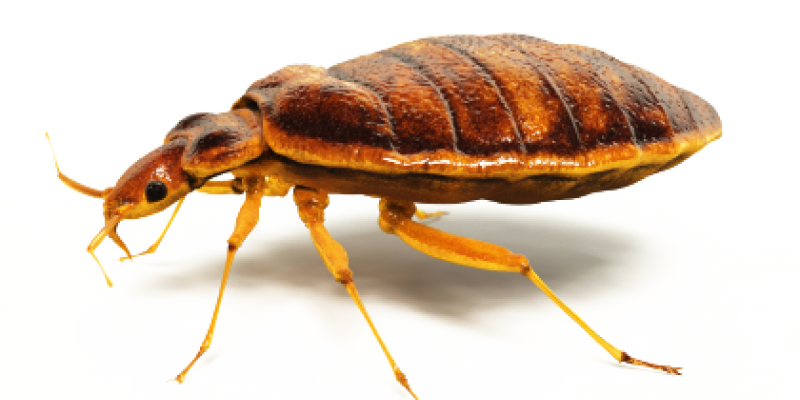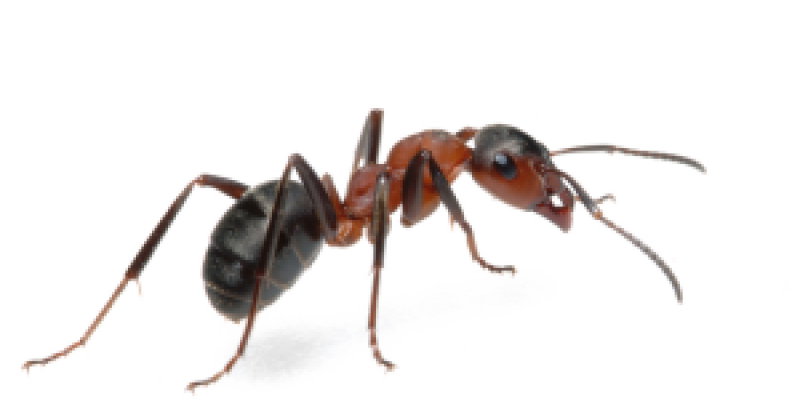Brown Dog Tick Most Widespread
BROWN DOG TICK. This pest is unique in that it can complete its entire life cycle indoors . As a result, it is more of a domestic pest (occurring in and around structures) than other tick species . Other ticks can be brought indoors, but they are not able to build populations and infest structures like the brown dog tick. Because it is primarily an indoor parasite of the ever-present domestic dog, it is the most widespread tick in the world . It is usually introduced into a structure on an untreated dog that originated from or visited an infested location.
All life stages of the brown dog tick prefer to feed on dogs. Each stage drops off the host after feeding to molt into the next stage or to lay eggs. Because of this behavior, most of a brown dog tick’s life is spent in the environment, not on a dog . Engorged larvae, nymphs and adult females drop and search for protected cracks and crevices in which to molt or lay eggs. Where dogs stay during the night is the area most likely to harbor the most brown dog ticks in the environment, either indoors or outdoors. In suitable climates, brown dog ticks will infest outdoor doghouses, kennels and runs.
Before providing structural treatment, dogs must be treated with an effective veterinary tick control product . Brown dog tick management is a cross between flea and bed bug management because it is focused on pet resting areas and the surrounding cracks and crevices, although ticks can be found crawling on carpets, walls and furniture. These areas can be treated with appropriately labeled liquid or aerosol residual products. The addition of an insect growth regulator prevents immature ticks from becoming reproductive adults. Outdoor pet areas can be treated with either a liquid or granular residual product.
DOG TICK REMOVAL
To remove a brown dog tick, use fine-tipped tweezers to grasp it as close to the skin’s surface as possible and pull upward with steady, even pressure. Don’t twist or jerk the tick as this can cause the mouthparts to break off and remain in the skin. Once the tick is removed, thoroughly clean the bite site with soap and water. Then, flush the tick down the toilet or wrap it in a tissue before disposing in a closed receptacle.
HARD TICKS: VECTORS OF HUMAN DISEASES
Ticks are the most important vectors of human diseases in North America and are second only to mosquitoes worldwide . Most of the ticks that transmit human diseases are hard ticks. Although brown dog ticks rarely attack humans, they are capable of transmitting Rocky Mountain spotted fever and several other tick-borne diseases to dogs, including canine ehrlichiosis and canine babesia.

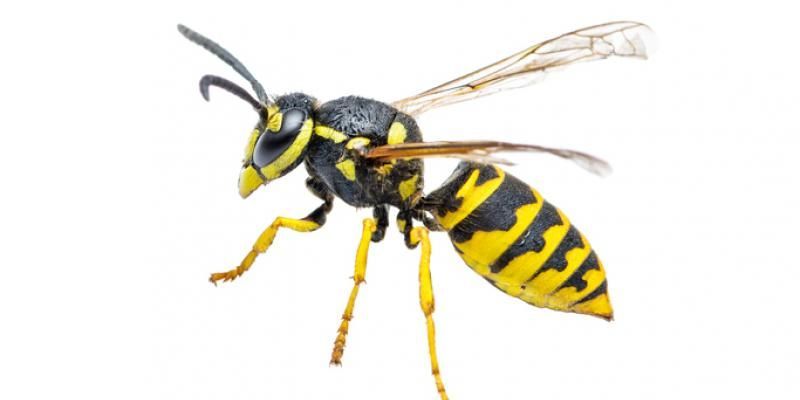

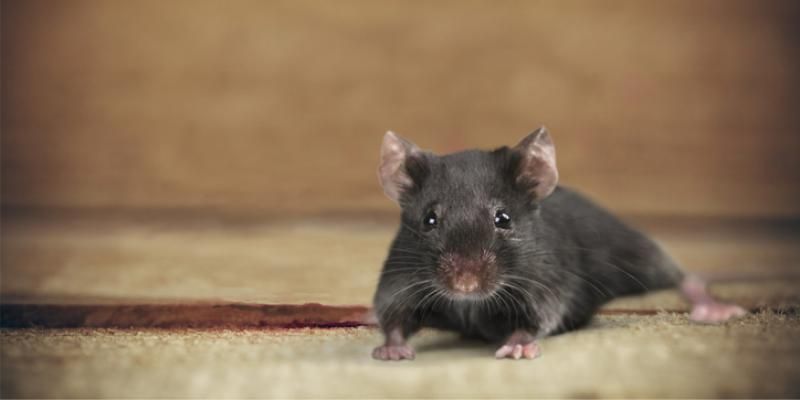
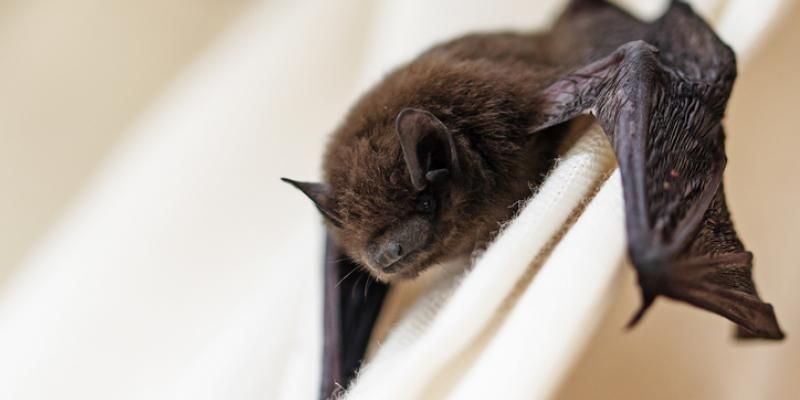
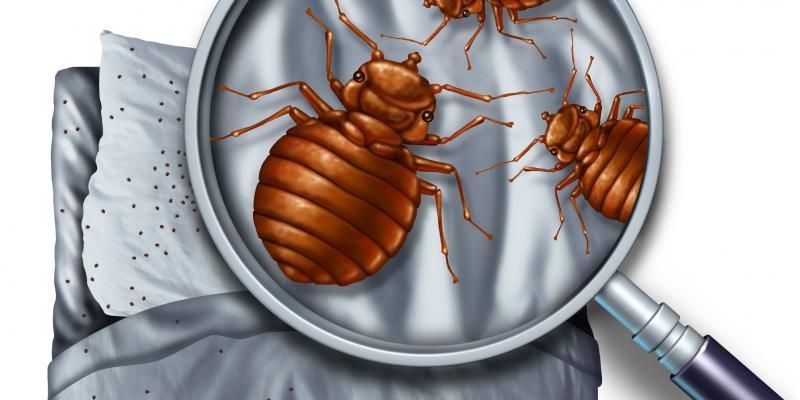
247localpestcontrol.com is a referral service that connects you with pest control service providers in your area. All pest control providers are operated independently of 247localpestcontrol.com. It is the responsibility of each user to verify that the pest control provider connected with meets all licensing and insurance requirements in that jurisdiction.
The photos on the 247localpestcontrol.com website are for design purposes only and do not represent the actual pest control services provided in your area.
Please note that pest control services may not be available in all areas, and when available, the services may vary depending on the providers available. 247localpestcontrol.com does not guarantee the availability of any specific pest control service or provider in your area.
It is recommended that you thoroughly research and vet any pest control service provider before hiring them to ensure that they meet your specific needs and requirements. 247localpestcontrol.com is not responsible for any issues or damages resulting from the services provided by any pest control service provider connected through our referral service.
